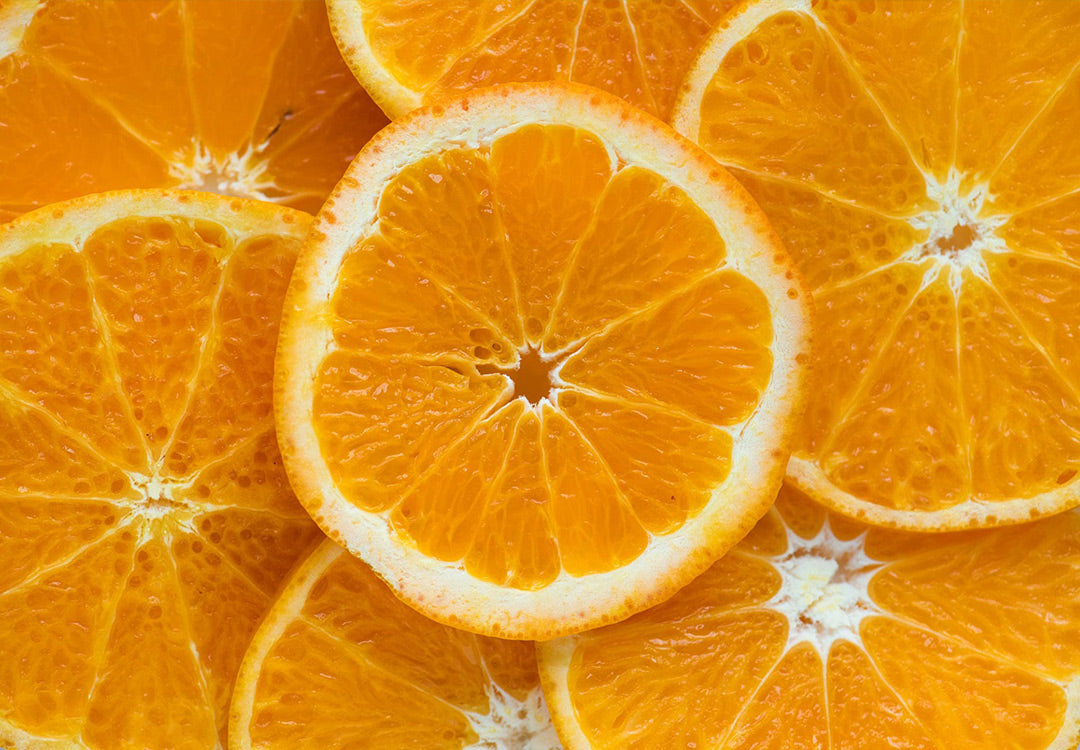
Citrus plants belong to a single genus native to Southeast Asia, Australia and Melanesia within the dicotyledonous Rutaceae family.
These plants are known as being easily hybridisable, hence a lot of varieties are hybrids of multiple species.
Description
Plants within this genus generally have the habit of a shrub or tree. The leaves have a certain smell when you crush them in your hands due to essential oils, and the generally acidic fruit helps to make an easy identification.
Branches may or may not have spines which are modified leaves.
Flowers, Fruits & Leaves
Sepals: The calyx is subtle and stays on the fruit.
Petals: Usually 5 white petals.
Male: One or more whorls of stamina.
Female: Ovary and style are easily visible once the petals and stamina are removed. The stigma often stands out while the flower is intact.
Fruit: Fruit has a distinctive bumpy exocarp (external surface) called a rind. Beneath the rind is a white spongy mesocarp layer called the pith. Juice vessels are called pulp, and are nourished by the white threads on the inside border of the pith. Segments are carpels.
Seeds: Usually seeds are white and oval. They may (or may not) contain nucellar embryos which use only genes from the mother, in which case a clone is grown through seed. Varieties with monoembryonic seeds grow a single plant, whereas those with polyembryonic seeds can grow multiple plants from a single seed.
Leaves: Always evergreen and simple, usually elliptical. They can be leathery or slightly shiny.
Noteworthy Types
Most of the oranges we know and love (including valencia, navel and blood oranges) are cultivars of a hybrid Citrus × sinensis, between the pomelo C. maxima and the mandarin C. reticulata, sometimes it is called sweet orange to differentiate it from bitter orange or trifoliate orange.

Navel orange Citrus × sinensis slices, showing the rind, pith, segments filled with pulp, and no real visible seeds, a valuable trait in an edible citrus. Image source
Mandarins C. reticulata are thought to be one of the original natural citrus plants that may have evolved through natural cross-pollination, or perhaps through selective breeding.

Flower of a mandarin Citrus reticulata. Image source
Pomelo C. maxima is another notable non-hybrid (natural) species that originated in Southeast Asia and is still eaten there today.

Citrus maxima hanging on the branch. Image source
Lemons C. limon are native to northeastern India and are not a hybrid. The fruit has a pH of around 2.2 which is why they are so sour.

Lemon Citrus Limon flowers, one of which is open showing the reproductive parts. Image source

Lemon Citrus limon seeds splitting and sprouting. Image source
Limes may refer to many Citrus spp. including the Aussie native desert lime C. glauca or the key lime Citrus x aurantiifolia. However, the most common lime species is the Persian lime Citrus x latifolia, which is a hybrid between the key lime (which itself is a hybrid) and the lemon.

Desert lime Citrus glauca fruit, native to Australia. Image source
The entire genus is thought to have diverged from a common ancestor with a plant either called Citrus trifoliata or Poncirus trifoliata. It’s debated whether this “trifoliate orange” should be placed in with Citrus or its own genus.

The trifoliate orange Citrus trifoliata or Poncirus trifoliata is thought to be the original citrus plant. Image source
Conclusion
A good producing citrus tree is a blessing to any home. They love full sun and getting their feet dry between watering.
If you haven’t already read my articles on plant identification and scientific names, I recommend reading those to get a broader picture of the topic. Alternatively, you can browse some of my other plant families, subfamilies and genera below.
